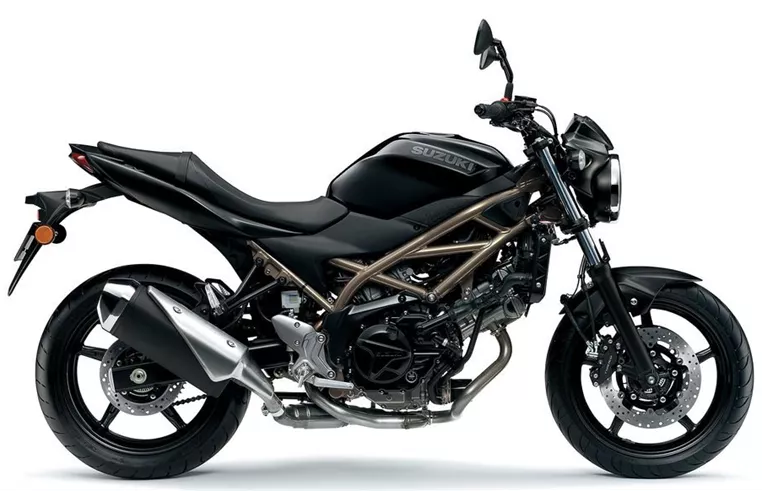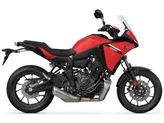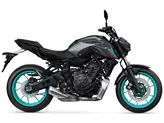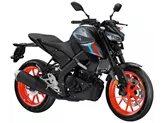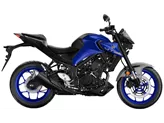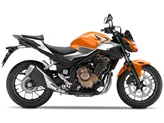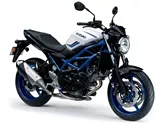Yamaha MT-07 2018 vs. Suzuki SV 650 2021

Yamaha MT-07 2018
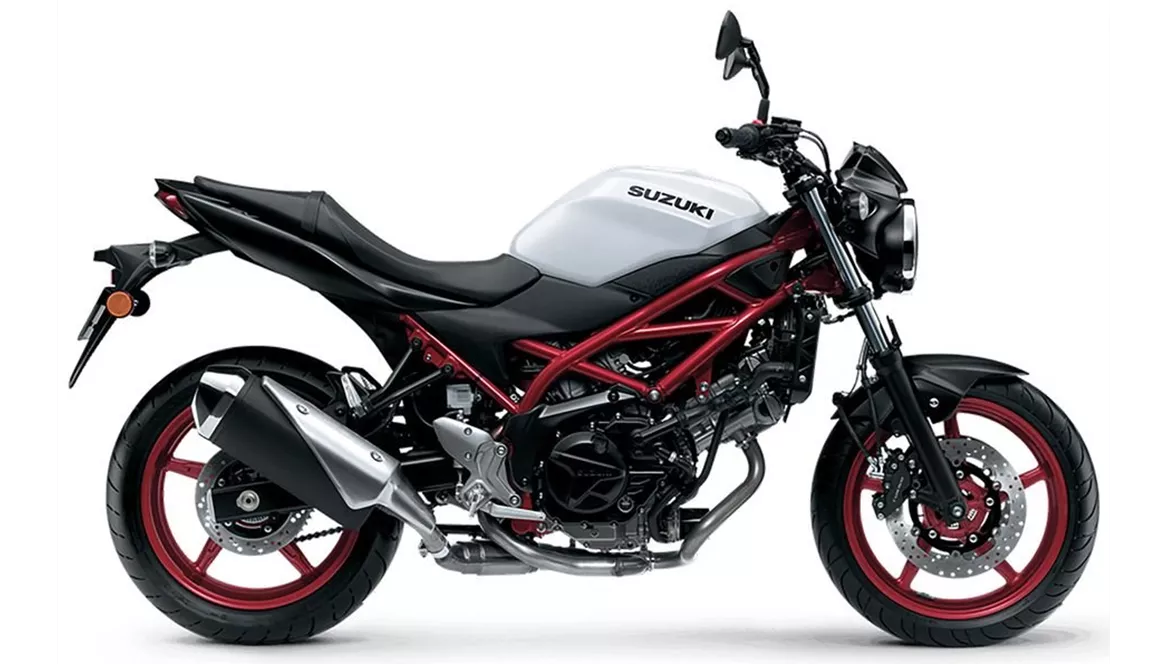
Suzuki SV 650 2021
Overview - Yamaha MT-07 2018 vs Suzuki SV 650 2021
In terms of engine and drive train, both the Yamaha MT-07 2018 and the Suzuki SV 650 2021 have similar specifications. They both have a 2-cylinder engine with liquid cooling and a displacement of around 650-700cc. However, the Yamaha MT-07 has a slightly higher engine power of 75 HP compared to the Suzuki SV 650's 73 HP. The torque is also slightly higher on the MT-07 with 68 Nm compared to the SV 650's 64 Nm.
When it comes to suspension, both bikes feature a telescopic fork front suspension, providing a smooth and comfortable ride. The chassis of both bikes is made of steel, ensuring stability and durability.
In terms of braking, both bikes have double disk brakes at the front, providing powerful and reliable stopping power. However, it should be noted that the Yamaha MT-07 has been praised for its powerful brakes.

Yamaha MT-07 2018
In terms of dimensions and weights, there are some differences between the two bikes. The Yamaha MT-07 has a slightly narrower front tire width of 120 mm compared to the SV 650's 120 mm. The rear tire width is also wider on the MT-07 with 180 mm compared to the SV 650's 160 mm. Both bikes have the same 17-inch tire diameter. The wheelbase is slightly longer on the SV 650 with 1445 mm compared to the MT-07's 1400 mm. The seat height is also slightly lower on the SV 650 with 785 mm compared to the MT-07's 805 mm. The kerb weight is higher on the SV 650 with 200 kg compared to the MT-07's 182 kg. Both bikes have a fuel tank capacity of around 14-14.5 liters.
Moving on to the strengths of each bike, the Yamaha MT-07 2018 is praised for its extremely agile engine and very light handling, making it a joy to ride. Its low weight contributes to its nimble nature. The bike also has an aggressively angular look, appealing to those who prefer a more aggressive and sporty design. The brakes on the MT-07 are powerful, providing confident stopping power. The seating position is comfortable, allowing for long rides without discomfort. Additionally, the bike has a throaty sound that adds to the overall riding experience.
On the other hand, the Suzuki SV 650 2021 has a confident V2 powerplant with character, providing a unique and enjoyable riding experience. The chassis of the bike is stable, ensuring a smooth and controlled ride. The seating position is also comfortable, allowing for long rides without fatigue. The bike is praised for its easy handling, making it suitable for riders of all skill levels. Additionally, the SV 650 has a timeless look that appeals to those who prefer a classic and understated design.
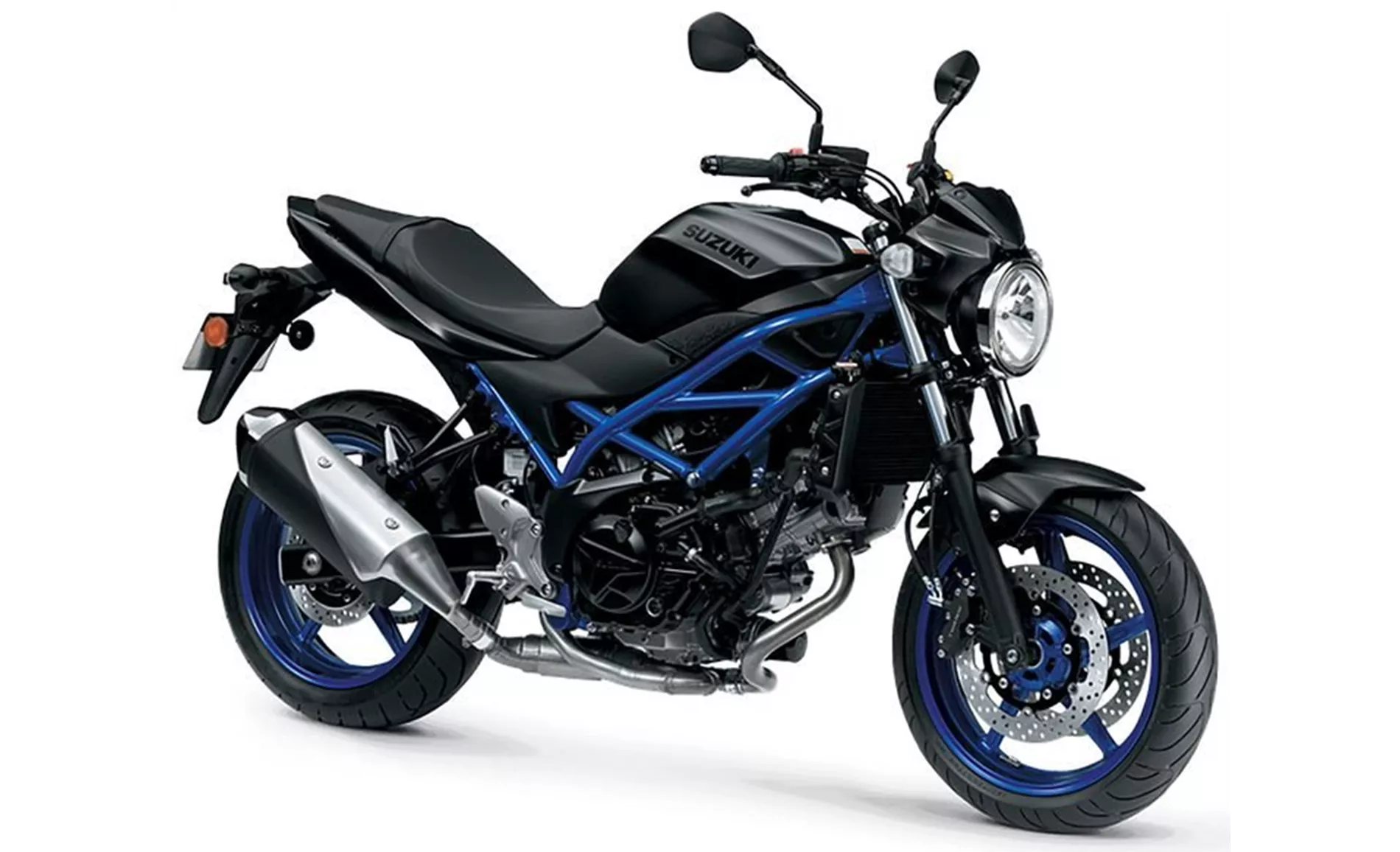
Suzuki SV 650 2021
However, both bikes have their weaknesses. The Yamaha MT-07 2018 has been criticized for having a slightly soft chassis, which may affect the bike's stability in certain situations. The footrests also tend to drag quickly, especially during aggressive cornering. Some cheap plastic parts on the bike have also been noted by riders. The telescopic fork on the MT-07 is considered boring by some, lacking the advanced features found on other bikes in its class. Lastly, the instruments on the MT-07 could be easier to read, potentially causing some inconvenience for riders.
Similarly, the Suzuki SV 650 2021 has its weaknesses. The brake on the bike requires manual force, meaning it may not provide the same level of stopping power as bikes with more advanced braking systems. The bike also lacks electronic features apart from ABS, which may be a drawback for riders who prefer more advanced technology. The instruments on the SV 650 are moderately readable, potentially causing some difficulty in reading them while riding.
Overall, both the Yamaha MT-07 2018 and the Suzuki SV 650 2021 are strong contenders in the naked bike segment. They offer similar performance and features, with slight differences in specifications and design. Ultimately, the choice between the two will depend on the rider's personal preferences and priorities.
Technical Specifications Yamaha MT-07 2018 compared to Suzuki SV 650 2021
Pros and Cons in comparison
Pros and Cons in comparison
Yamaha MT-07 2018

The MT-07 is an incredible fun machine that is extremely sporty to ride. The brakes pack a punch, the handling is superb and the engine is currently by far the most agile power unit in this class - and even above. The light handling fits in perfectly and the aggressive design with its many corners and edges is also appealing. Only the chassis makes the typically good compromise between comfort and sport and should probably remind you that the affordable MT-07 also has a lot to offer beginners.
Suzuki SV 650 2021
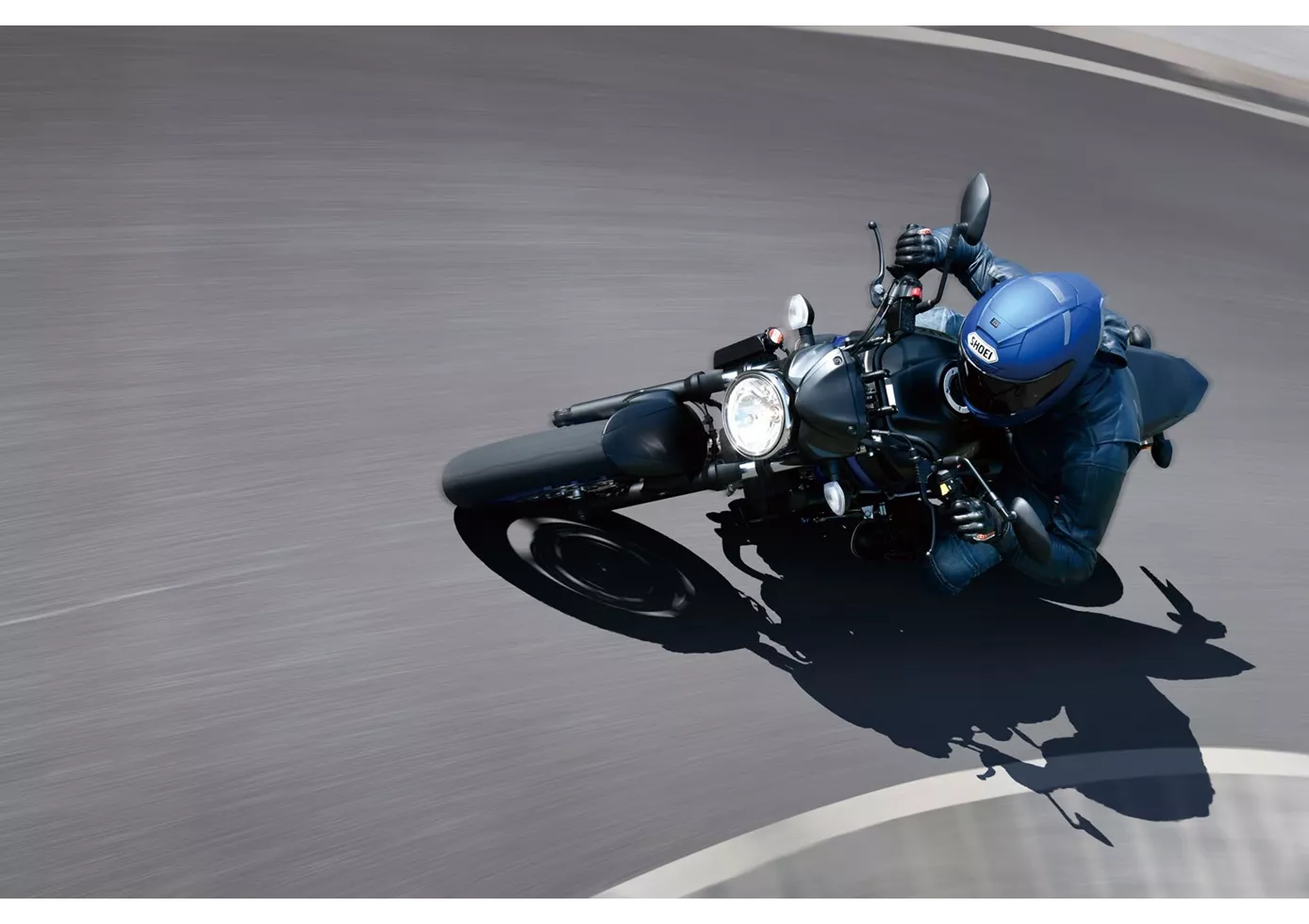
Not much has changed on the Suzuki SV 650 compared to its predecessor, five years ago. The engine has been updated to Euro5 and is now even more mature, which fits in perfectly with the rest of the package. The SV 650 doesn't want to scare anyone, especially beginners. The chassis makes a solid, unagitated impression, the brakes require a lot of manual force to prevent unexpected overbraking. The look is timeless on the one hand, but on the other hand some components are really a bit outdated. On the other hand, the price is fair, as usual for Suzuki.
Price Comparison Avarage Market Price Yamaha MT-07 vs Suzuki SV 650
There are a few key differences between a Yamaha MT-07 2018 and a Suzuki SV 650 2021. In terms of price, the actual average price of a Yamaha MT-07 2018 is about 11% higher. A Yamaha MT-07 2018 experiences a loss of 160 GBP in one year and 300 GBP in two years of ownership. This is offset by a loss of 130 GBP and 520 GBP for a Suzuki SV 650 2021. Compared to Suzuki SV 650 2021 there are more Yamaha MT-07 2018 bikes available on the 1000PS.de Marketplace, specifically 28 compared to 13. It takes less time to sell a Yamaha MT-07 with 54 days compared to 111 days for a Suzuki SV 650. Since model year 2013 1000PS.de editors have written 69 reviews for the Yamaha MT-07 and 25 reviews for the Suzuki SV 650 since model year 2005. The first review for the Yamaha MT-07 was published on 04/11/2013 and now has more than 12,600 views. This compares to more than 14,200 views for the first review on Suzuki SV 650 published on 26/09/2008.

